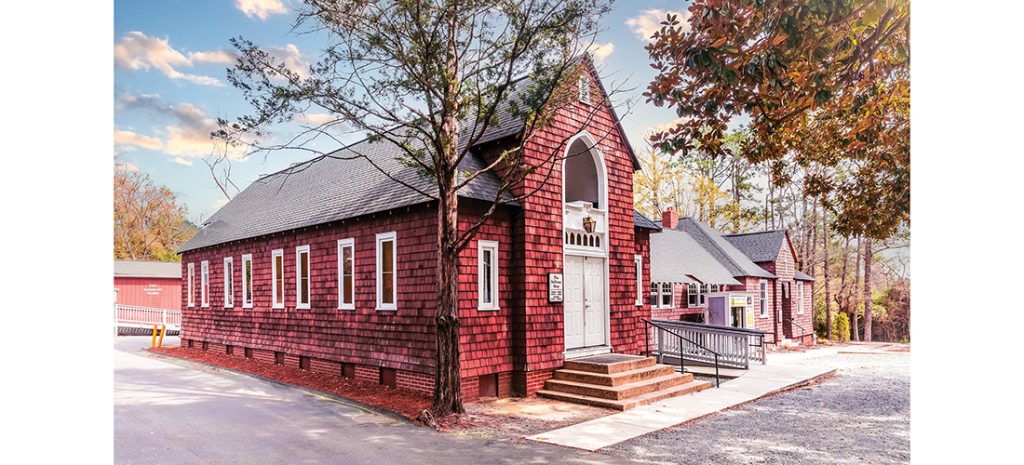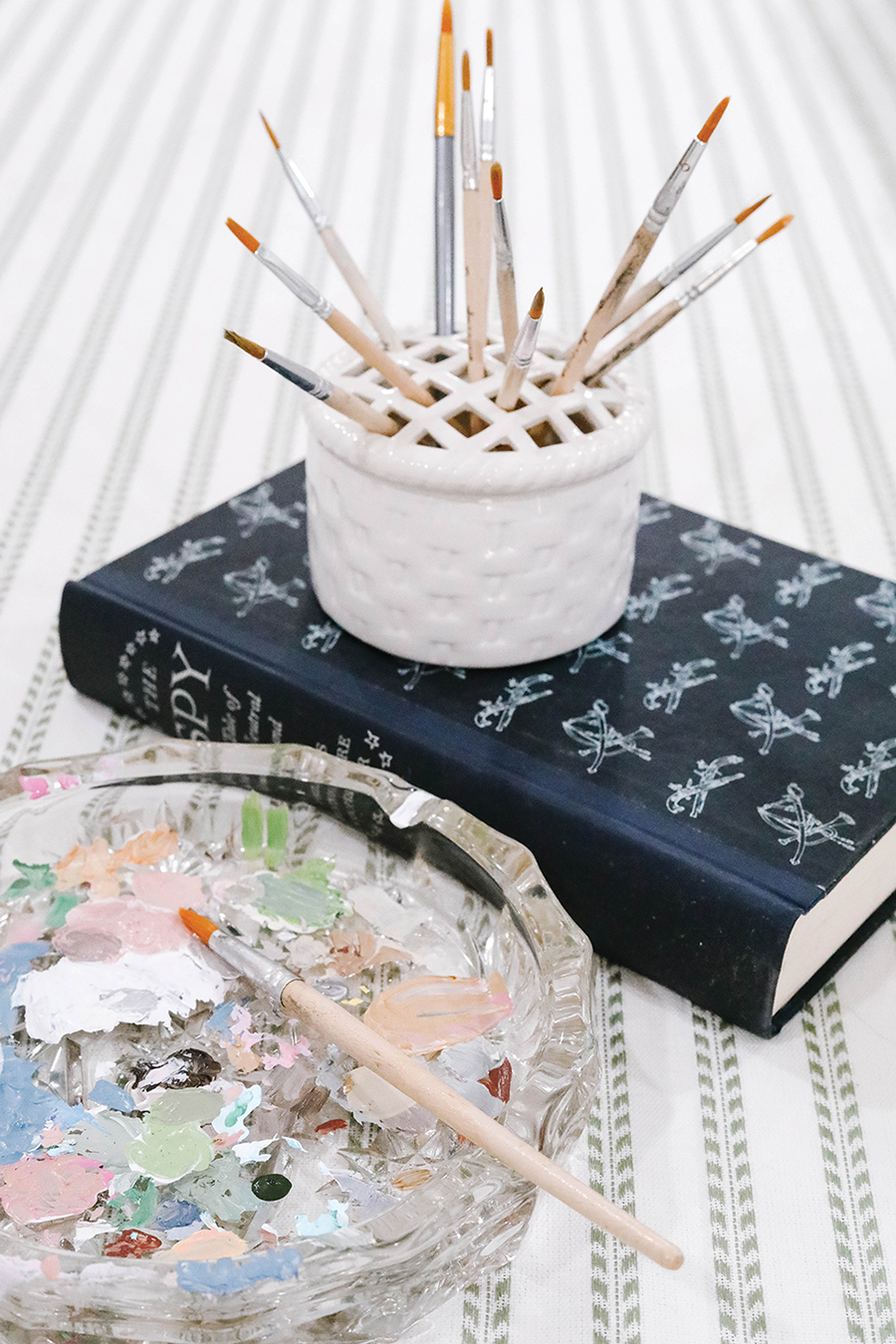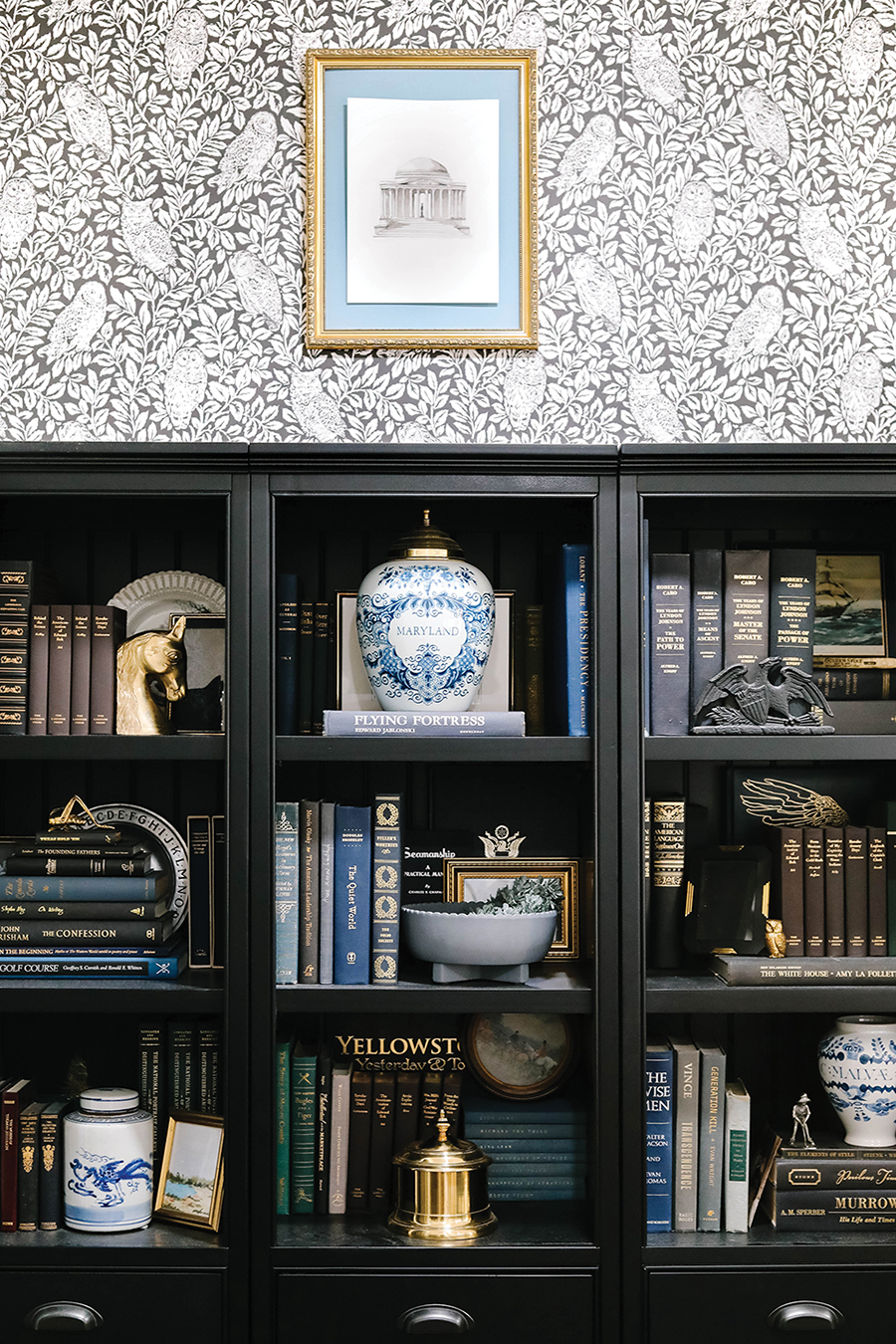The Pursuit of the Old

Hot takes on a venerable craft
By Cara Mathis • Photographs By Cara Mathis & John Gessner
Have you jumped on the thrifting bandwagon yet? Thrifting — or secondhand shopping — has become increasingly popular in the last few years, both for clothing and home furnishings. Not only is the vintage aesthetic back en vogue, but post-pandemic supply chain delays, coupled with rising material costs and record high inflation, have made thrifting all but necessary for a lot of people. Plus, the pursuit of old has become a popular way to not only cut costs and avoid lengthy production timelines, but also reduce carbon footprints and create long-term sustainability. And those are things every generation can put their money behind.
Believe it or not, there are many of us who have been part of the thrifting world since long before it was cool. If you’re just now developing your secondhand savoir faire, your pre-owned prowess, your nostalgia know-how (shall I go on?), I’ve got a few tips for making the most of your thrifting endeavors.
Develop a Discerning Eye
In the world of thrifting, you’ll inevitably hear one line over and over: If you don’t buy it when you see it, it won’t be there when you come back. And for the most part that’s true. But there’s a fine line between being a collector and becoming a hoarder. My number one tip for avoiding the latter: Shop. Seems counterintuitive, right? But I’m not talking about buying. I’m talking about good ol’ fashioned window shopping. Browse internet sites, peruse department and antique store aisles, and really get a feel for what’s out there — and what it costs. When you do, you’ll eventually develop an understanding of value (both assigned and perceived), and you’ll be able to spot a real treasure when you see one. Like that $85 Henkel Harris dresser that runs for $3,000 outside of your local Goodwill. Get to know high-end brands, if only so you can easily identify them out in the “wild.” When you’ve developed an eye, it makes it that much easier to decide when to jump on a deal and when to leave it for the next treasure hunter.

Get Creative
One of the best things about secondhand goods, especially the vintage kind, is that they’re usually of a higher quality than most of what’s produced these days. After all, it’s widely agreed that “they just don’t make ’em like they used to.” But shopping secondhand also offers the opportunity to repurpose vintage goods into new and unexpected uses. Crystal ashtrays become the perfect paint palette or jewelry holder for the non-smoker (use those notches as paintbrush rests or to keep necklaces from getting tangled); brass or ceramic toast racks make the perfect mail holders or letter organizers; vintage books add texture and interest to shelf styling; and vintage flower frogs let you display paintbrushes and pens in an accessible aesthetic. Don’t overlook that special treasure just because you don’t need it for its intended purpose. Instead, breathe new life into outdated-yet-lovely finds.
Pro-tip: Repurpose once-loved treasures into new uses to give them a new raison d’etre.

Skirt the Trends
Along with its environmental impact, fast fashion has meant the downfall of a personalized aesthetic. Not only do we seldom tailor clothes anymore, but the home and fashion industry is forever dictating which styles are trendy and modish, thrusting them into our vantage point on carefully calculated trestles and shelves. That means that your home looks every bit like the one down the street and the one down the street from that. Same goes for your wardrobe. Thrifting gives us access to unique items we’d never encounter in department stores, from countries we’ve never visited and eras we weren’t even alive to see.
Pro-tip: Mix vintage and modern if you’re trying to avoid making your home look like grandma’s (unless that’s your thing; no judgment). Don’t be afraid to complement masculine black furniture and modern lines with a few feminine pieces. Heck, even ruffles and bows can feel subdued with the right surroundings.
Support Local Businesses and Charities
Although thrifting is now considered mainstream, the big box stores haven’t yet figured out how to break into the market. And that’s a good thing. It means that thrifting is still a local industry. So when you shop secondhand, you’re supporting local small businesses, independent sellers, and important local charities. When you shop at local charities’ retail arms like Habitat ReStore and Coalition Resale Shop, you improve the whole community by providing both monetary donations and opportunities to local residents in need. And don’t forget to check Facebook Marketplace, eBay and Etsy for local deals, as well as local sellers like ReSouled Vintage in Southern Pines and Aberdeen’s House of York. Not only will you help put food on their tables, you’ll keep the local economy rolling.
Pro-tip: When searching resale sites like eBay and Facebook Marketplace, remember that people don’t always know what they have. Search brand names as well as ‘adjacent’ terms. For example, “Henredon dresser,” “cabinet,” “hutch,” “shelves,” and “dresser.”
A Vintage Lover’s Mecca and a Chance to Give Back
Moore County is practically overflowing with opportunities to donate, consign and shop secondhand. Some personal favorites include Antiquely Chic, Bees Knees, Medleyanna’s, Habitat ReStore, A Bit of Couture, Design Market, The Rusty Pelican, Old Hardware Antiques, Sullivan’s, This Old House, Practical Posh, Pastimes, Community Thrift Store, Emmanuel Thrift, Helping the Orphans, Whispering Pines Thrift Store, and Coalition Resale Shops, to name just a few. And don’t forget the biannual Cameron Antiques Fair, hosted every April and October in Cameron, N.C. People flock to MoCo from all over the state because of its reputation for high quality vintage and resale, and being able to contribute to many of these stores’ missions is a privilege we locals tend to overlook. After all, one of the most gratifying parts of shopping secondhand is knowing you’re helping locals and creating a cycle of sustainability — and that’s especially true if you also donate used items back to the same shops and charities where you shop.
Whether you’re looking to save money or save the world, thrifting is a fun way to furnish your home or zhuzh up your wardrobe. After all, as Macklemore and Ryan Lewis delicately crooned in their 2012 song Thrift Song, “One man’s trash, that’s another man’s come up.” PS
Cara Mathis is a Pinehurst local and a lover of all things historic, with a special affinity for vintage treasures and beautiful architecture. She lives in the historic village with her husband and young son.
